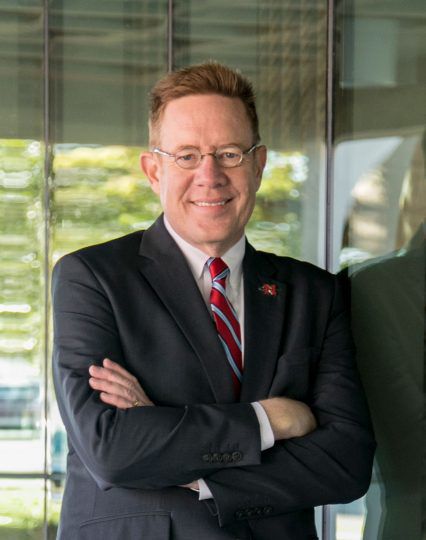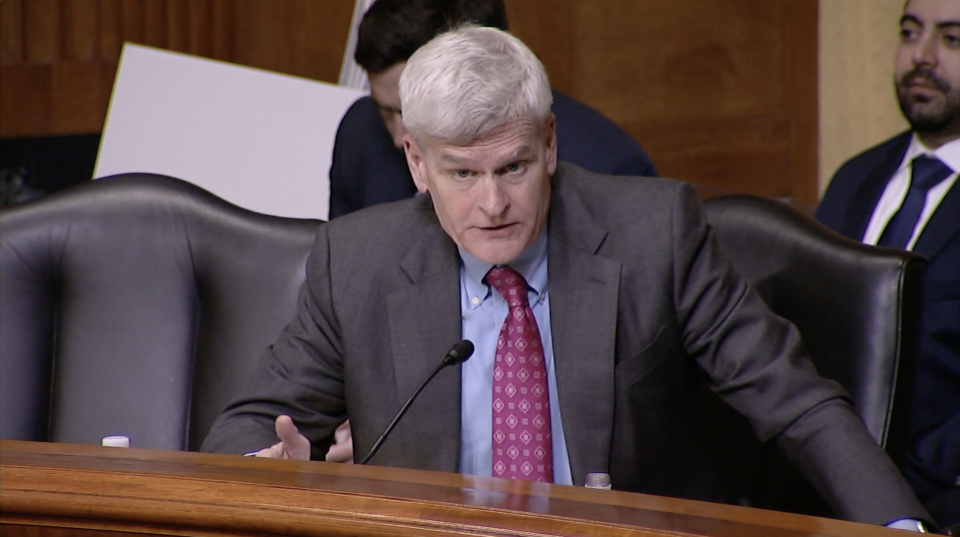
Richard Vegas
May 1, 2019
What to Do if Your Car is Damaged by a Pothole
May 1, 2019We’ve all heard the statistic.
Every 100 minutes, the state of Louisiana loses a football field of land to coastal erosion.
Those old enough have physically seen the land go away — places where beautiful flowers and trees once grew have now washed away forever.
It’s been happening for decades, but now, Louisiana is aiming to do its best to fight back and Nicholls will be part of the solution locally to try and curb this long-lasting and serious problem.
Last week, Gov. John Bel Edwards and the Coastal Protection and Recreation Authority announced the intention to create a coastal center on the campus of Nicholls State University with the sole purpose of studying the effects of land loss in the Terrebonne and Atchafalaya Basins.
Gov. Edwards and Nicholls President Dr. Jay Clune signed a memorandum of understanding last week at a press conference in Baton Rouge, which was designed to introduce the idea to the public.
“Nicholls State University is located in the epicenter for coastal restoration, with our service area losing more coastal land than anywhere else on the planet,” Dr. Clune said. “This partnership with the Coastal Protection and Restoration Authority, its board and the State of Louisiana is vitally important as we focus more of our resources on preserving the land and Cajun culture in the Bayou Region.”
Locally, we’ve been among the hardest hit.
The football field statistic is the most common used, but it’s hard for the average person to fully grasp just how much land we’ve lost over the past several decades due to the effects of coastal erosion.
Statistics show that Louisiana has been the hardest state hit by erosion since 1930 in the United States.
Since that period, more than 1,800 square miles of land have turned into open water.
For perspective, a 1,800-block of land is about the size of Delaware. It’s about two times the size of Rhode Island.
And while, yes, a lot of the land loss is marshland that was uninhibited, it’s important to understand that marshes serve as our state’s natural barrier against storm surges from hurricanes.
Without it, the area is far more susceptible to flooding should that “perfect storm” hit the area, and that’s even with the great advancements that have been made locally to storm protection systems.
The Terrebonne Basin has been hit harder than any other area by coastal erosion. According to statistics, more than 30,000 acres of wetlands has been lost in the past 90 years.
The Atchafalaya Basin has experienced a bit of a different effect. Since 1932, it has gained 4,000 acres of wetlands, while every other basin in Louisiana has lost land.
The Coastal Center will study those patterns and seek to begin rebuilding land across the state.
“This is the beginning of a partnership where we can focus our attention on the Atchafalaya River and its needs; and the potential for it to be a restoration tool for the Terrebonne basin,” Gov. Edwards said. “The Terrebonne Basin has the highest rate of land loss of any basin along our coast, and it presents some of the most difficult conditions for us to implement projects.”
The coastal center at Nicholls, when completed, will mirror the Center for River Studies on the Water Campus in Baton Rouge. It will allow Nicholls to become a leader in restoration research, education and outreach. Projects, models and displays of the Atchafalaya River and the two basins will be housed at the center.
The CPRA assumed responsibility for the Atchafalaya Basin Program from the Department of Natural Resources last year. Since that time, it has incorporated plans for the basin into the state’s larger coastal master plan.
Chip Kline, the executive assistant to the governor for coastal activities and the chairman of the CPRA Board, said deals like the one with Nicholls are “necessary” for future sustainability in Louisiana.
“Partnerships such as this are a necessary and beneficial aspect of the business of coastal management in Louisiana,” Kline said. “Given the expertise among its faculty, this partnership is a natural fit for us and a promising way of furthering our relationship with the community.”
The plan for a Coastal Center is a continuing trend for Nicholls in working to research the needs of the coast.
Last October, Nicholls signed a research-based collaborative agreement with the Water Institute of the Gulf.
That deal, plus this one, have Clune hopeful that the University can use its resources to help benefit the area it serves — now and into the future.
“We are excited about the possibilities that come with a coastal center, including the development of a coastal engineering program that will keep our students here to help us save our coast, instead of having to go somewhere else out of state,” Dr. Clune said. •
Follow Casey on Twitter for more.
https://twitter.com/casey_gisclair











